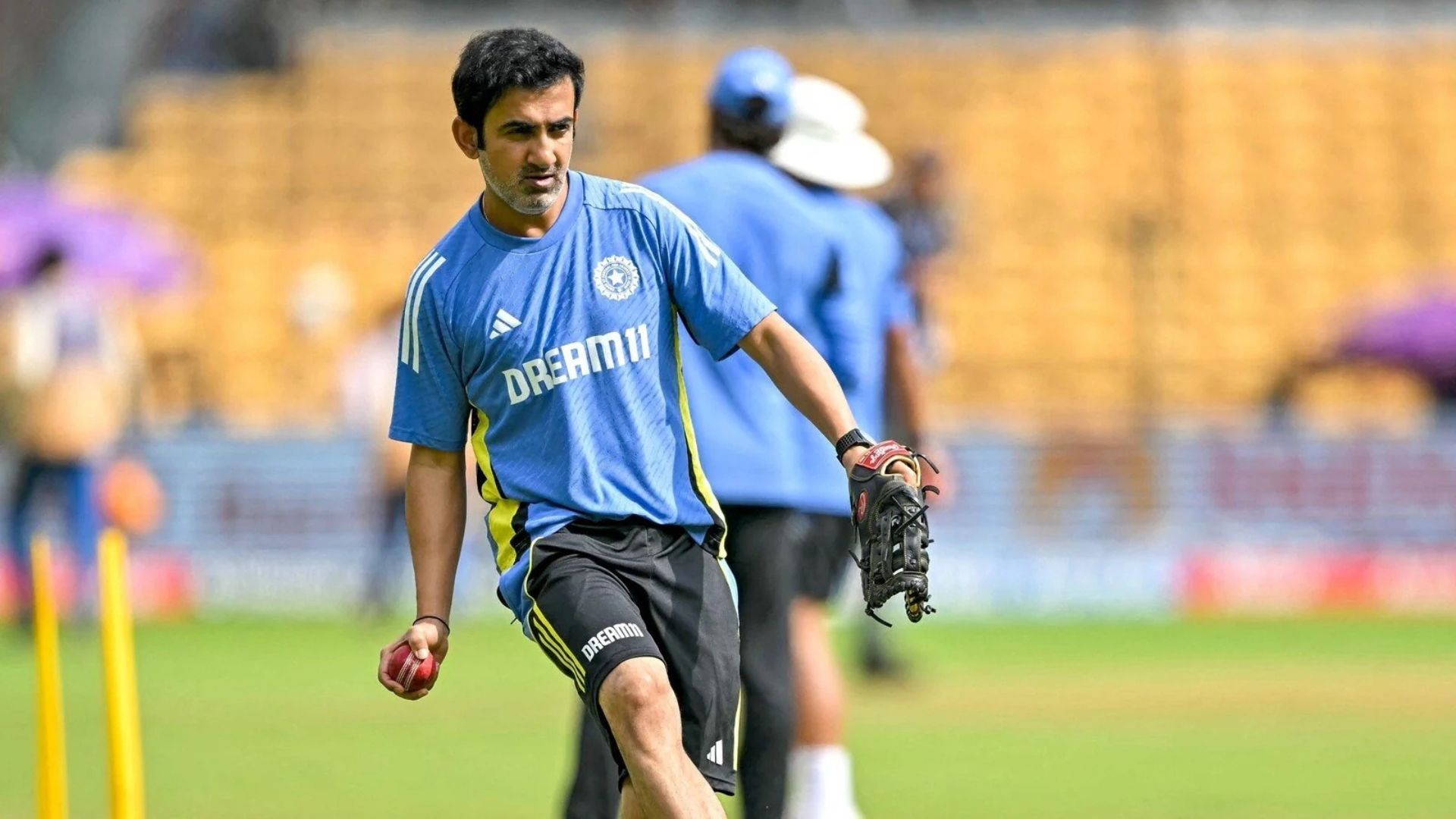
Bhagavad Gita describes equanimity (samachitvam) in Chapter 13, Verse 10 as an essential spiritual quality. Equanimity entails maintaining calmness, poise, composure, and evenness of temper amid chaos. It means not being overly happy with desirable results or being excessively sad with non-desirable results. It implies remaining in equilibrium and not swinging between depression and elation. It indeed is a very difficult state of mind to achieve. How can one not be happy with a good event? How can one not be sad about a bad event? It requires gradual training of the mind. One needs to start in small steps. With small everyday joys and sorrows practice equanimity and then graduate to larger life events.
Both happiness and gloominess are emotions and are caused by the activation of the limbic system in the brain. It is only a small part of the brain, and this word is derived from limbus meaning border. It borders the lower part of the cerebral cortex. In evolution, it is among the oldest parts of the brain and is found even in animals. It works closely with the autonomic nervous system (sympathetic and parasympathetic nervous system) in processing emotions. It consists primarily of the hippocampus, hypothalamus, and amygdala. The hippocampus helps in the formation and retention of memories. This part of the brain controls memories of past events that were both pleasant and traumatic. The hypothalamus controls the endocrine system that regulates bodily hormones. The amygdala is tied to fear and anxiety. The limbic system is an important part of the brain and damage to it by trauma, genetic reasons or environmental stressors or a multifactorial combination can lead to several dysfunctions. Some of these include conditions such as bipolar disorder, depression, anxiety disorders, eating disorders, disinhibited behavior, increased anger and violence tendencies, and other such conditions.
Bipolar disorder is an extreme but common example of dysfunction regarding equanimity and is characterized by a mood that alternates between states of mania/hypomania and depression. The causes of this disorder are not known but once again a multifactorial interaction of genetics and environmental stressors is believed to be responsible. During mania, a person may experience high levels of energy, feelings of elation, trouble sleeping, racing thoughts, irritability, and increased risk-taking. During a depressive episode, the person might have very little energy, trouble sleeping, lack of concentration, forgetfulness, feelings of tiredness and fatigue, lack of enjoyment in things, and suicidal ideation. While the causative factors for this disease cannot be removed, they can be effectively controlled. This condition requires medication but practicing equanimity also helps as a psychotherapeutic adjuvant. In all emotional disorders described above the conscious practice of nurturing equanimity helps the favorable outcomes and helps one remain in remission with these severe disorders.
Albert Einstein (1879-1955), the famous theoretical physicist, wrote, “Few people are capable of expressing with equanimity opinions which differ from the prejudices of their social environment. Most people are incapable of forming such opinions.” I differ from this perspective and believe that equanimity is a modifiable construct and can be developed by all including children. The easiest way to develop equanimity is to face any event in a nonjudgmental way at first without being attracted to it or being opposed to it. Later, an analysis of the merits and demerits can be undertaken. Reinforcing this practice in everyday happenings will help in developing equanimity. All forms of meditation such as the ones popular in the West like mindfulness meditation, Goenka’s Vipassana meditation (GVM), transcendental meditation (TM), Kundalini meditation, Buddhist meditation, Zen meditation, and others all help with developing equanimity. Meditative techniques help in the process by first developing concentration (dharana in yoga) and then making the mind operate at subtler wavelengths so that it is not easily disturbed by external events (stressors) that disrupt equanimity. Both a focused approach of cognitively dealing with events and a meditative approach of developing concentration and then slowly having the mind work at subtler wavelengths will help one acquire equanimity and is within reach of everyone.
Sri G. V. Vethathiri (1911-2006), a noted Indian philosopher, proposes a wonderful way of developing equanimity through blessings or generating good vibrations about anyone you meet. He goes on to recommend giving blessings even to one’s so-called enemies. He says that when you think well about someone then a part of that thought interacts with that person and a part is reflected onto you creating a harmony between the two of you – automatically equanimity ensues. He draws a parallel between the beauty of blessings with that of a rose whose fragrance is equally distributed to all people and not just the person who nurtured it.
While, in Western psychotherapy, equanimity has not been explicitly addressed, it certainly has a place. In the psychoanalytical method advocated by Sigmund Freud (1856- 1939), the importance of the therapist being even-minded has been underscored. The Dialectical Behavioral Therapy (DBT) developed by Marsha Linehan (1943-present) that advocates mindfulness, emotional regulation, tolerance for distress, and methods for improving interpersonal effectiveness also indirectly emphasizes the role of equanimity. Mindfulness-based Cognitive Therapy (MBCT) used for treating patients with depression has a component of mindfulness as taught by Jon Kabat-Zinn (1944-present) and once again indirectly relates to the concept of equanimity. Acceptance and Commitment Therapy (ACT) also emphasizes the focus on “acceptance” and the present moment which is somewhat related to the notion of equanimity.
Don Miguel Ruiz (1952- present), the Mexican author, in his book based on Toltec (Women and men of knowledge in Southern Mexico) wisdom, The Four Agreements: A Practical Guide to Personal Freedom, writes about the four agreements as, being impeccable with one’s words, not taking anything personally, not making assumptions and always doing one’s best. It is the second agreement about which he says, “There is a huge amount of freedom that comes to you when you take nothing personally” that is important in the context of nurturing equanimity. When we personally take anything that is said we get entrapped in personal importance which is a great hindrance in the path of developing equanimity. When someone says something or expresses an opinion about us, we should not take it personally at any level of our feelings, thoughts, or behaviors. If we develop such a disposition, we are bound to be successful in nurturing equanimity.
Dr. Manoj Sharma is a Professor and Chair of the Department of Social and Behavioral Health at the University of Nevada, Las Vegas, USA. He is an avid practitioner of Kundalini Yoga.















